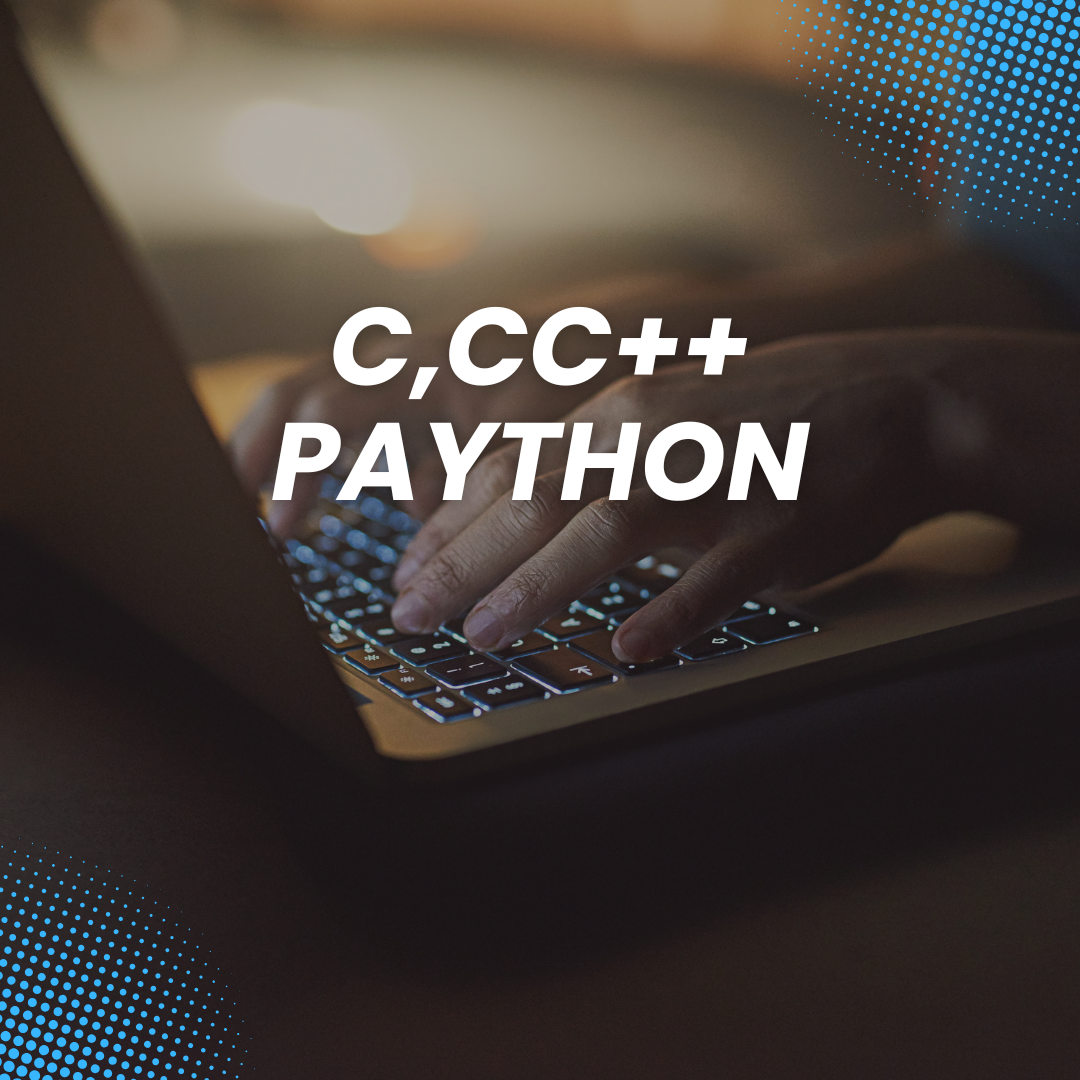

c,cc++.Paython
C, C++ and Python – three of the most popular programming languages.
1. C Language
???? What it is:
-
One of the oldest and most powerful programming languages (developed in 1972).
-
Known as the “mother of programming languages” because many modern languages (C++, Java, Python) are based on it.
???? Key Features:
-
Procedural language (step-by-step instructions).
-
Very fast, close to machine-level.
-
Used to develop operating systems, embedded systems, and system software.
???? Where It’s Used:
-
Operating systems (Windows, Linux kernel).
-
Compilers, drivers, embedded programming (microcontrollers).
2. C++ Language
???? What it is:
-
Extension of C (developed in 1985).
-
Supports object-oriented programming (OOP) like classes, objects, inheritance, polymorphism.
???? Key Features:
-
Combines C’s speed with OOP features.
-
Supports both procedural and object-oriented styles.
-
Rich standard library (STL) for data structures & algorithms.
???? Where It’s Used:
-
Game development.
-
High-performance applications.
-
GUI-based software, real-time systems.
-
Banking & financial systems.
3. Python Language
???? What it is:
-
High-level, beginner-friendly language (developed in 1991).
-
Focuses on readability and simplicity.
???? Key Features:
-
Easy syntax (like English).
-
Supports multiple paradigms (OOP, functional, procedural).
-
Huge library support (for AI, data science, web, automation).
???? Where It’s Used:
-
Web development (Django, Flask).
-
Artificial Intelligence & Machine Learning.
-
Data Science & Analytics.
-
Automation, scripting, IoT.
-
App development.
Quick Comparison Table
| Feature | C | C++ | Python |
|---|---|---|---|
| Type | Procedural | Procedural + OOP | High-level, interpreted |
| Speed | Fast | Fast (slightly slower than C) | Slower than C/C++ |
| Ease of Learning | Moderate (low-level) | Moderate-High | Very Easy |
| Use Cases | OS, system programming | Games, high-performance apps | AI, ML, Data Science, Web |
| Memory Control | Manual | Manual + OOP | Automatic (garbage collection) |
